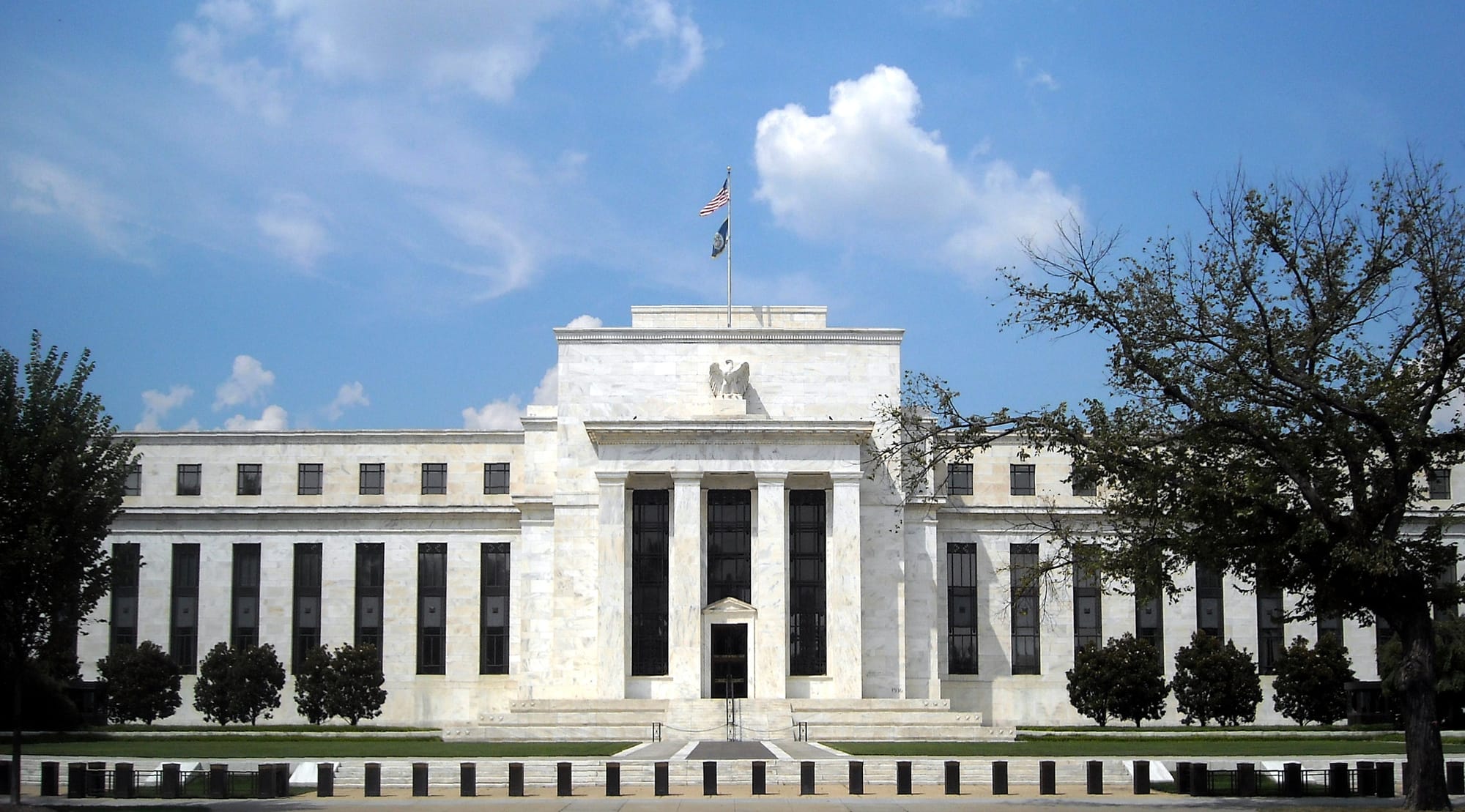The March 2025 US Consumer Price Index (CPI) was released at 2.4% year-on-year, slightly below the consensus estimate of 2.5%. On paper, this continues the disinflation trend that began in late 2023. However, the market response has been muted, and commentary across financial media and social platforms has leaned sharply towards pessimism.
While the data itself was benign, the reaction it triggered offers insight into prevailing sentiment: volatility in expectations, confusion around late-cycle dynamics, and growing concern over the Federal Reserve’s policy path.
Mischaracterising the Print: Stagflation Concerns Resurface
The term stagflation — historically used to describe periods of high inflation, slowing growth, and rising unemployment — was reintroduced into the discourse following Thursday’s CPI release.
This usage appears misplaced. By classical definition, stagflation involves:
- Inflation well above 5%
- Simultaneously stagnant or negative GDP growth
- A meaningful uptick in unemployment
- A central bank unable to intervene without risking further inflation

None of those conditions are currently present. Instead, the US economy is showing signs of late-cycle moderation, with stable employment and gradually softening inflation prints. The suggestion that a 0.1% miss relative to consensus constitutes a stagflationary event appears more reflective of narrative fatigue than economic reality.
Macro Conditions Remain Stable
A closer look at core indicators suggests markets are functioning normally:
- High-yield credit (HYG) remains near local highs, with spreads well-contained
- SOFR (Secured Overnight Financing Rate) shows no signs of funding stress
- DXY (US Dollar Index) continues to drift lower, indicating no flight to safety
- Repo markets are stable
- Bitcoin, often a liquidity barometer, is holding its ground
If the economic backdrop were deteriorating into stagflation, one would expect to see widening credit spreads, strength in the dollar, bid pressure on gold, and possible signs of stress in interbank markets. None of these conditions currently apply.
Lumber/Gold Ratio Reflects Growth Caution, Not Systemic Risk
A minor datapoint gaining attention has been the Lumber: Gold ratio, currently sitting around 0.19. Historically, a declining ratio has been used to flag softening in cyclical growth sectors — particularly construction and housing.
While the ratio does imply growth concerns, it has not yet coincided with the sort of stress signals one would expect during genuine economic contraction. In other words, this is more suggestive of friction than failure.
The Fed Remains in a Holding Pattern
What this CPI print underscores is that the Federal Reserve remains caught between weakening inflation momentum and persistent uncertainty around broader economic strength. With CPI now tracking at 2.4% and Truflation indicating an even lower real-time rate of 1.3%, the argument for holding rates elevated becomes increasingly difficult to justify — unless renewed inflationary pressure emerges.

Nonetheless, Thursday’s data does not provide sufficient justification for immediate action either. As a result, monetary policy remains stuck in a reactive posture: cautious, data-dependent, and slow to adjust until markets force its hand.
Conclusion: Late-Cycle Ambiguity, Not Stagflation
While the CPI miss has rekindled fears of stagflation in some quarters, a broader review of macro indicators suggests this is more likely a case of market misinterpretation. The data continues to support a view of the economy in a late-cycle holding pattern — not crisis, not acceleration, but pause.
Volatility continues to fade. Liquidity remains present. And while traders may grow restless, the structure beneath the surface remains intact.














Discussion